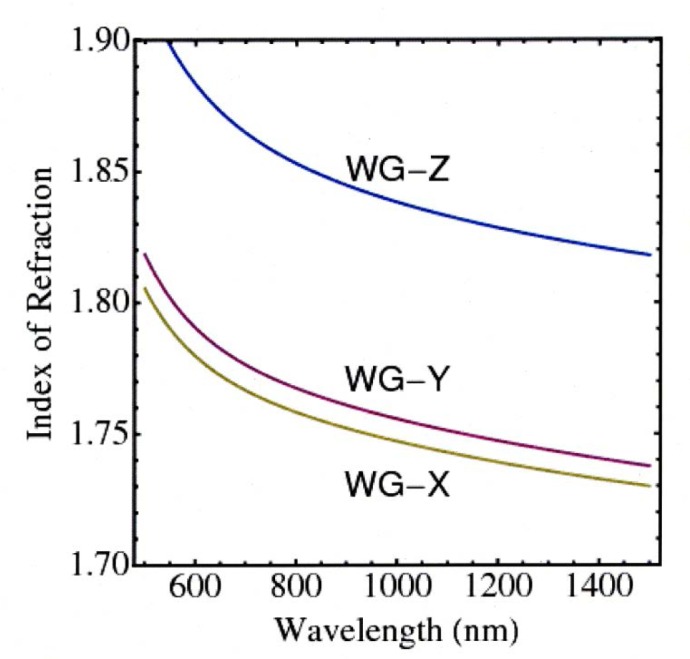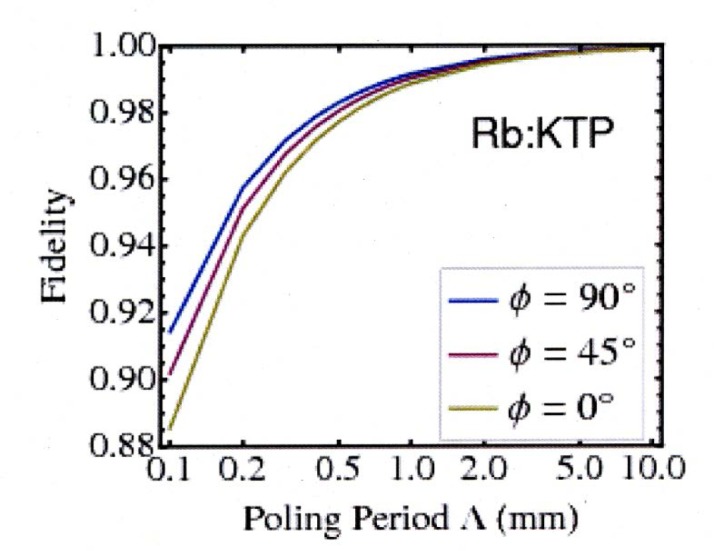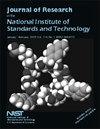频率范围内周期性极化晶体波导的偏振纠缠光子对。
IF 1.5
4区 工程技术
Journal of Research of the National Institute of Standards and Technology
Pub Date : 2013-08-15
eCollection Date: 2013-01-01
DOI:10.6028/jres.118.018
引用次数: 1
摘要
提出了一种延长周期极化掺铷磷酸钛钾(Rb:KTP)波导偏振纠缠频率范围的方法。我们的计算预测,通过适当选择波导的传播方向,Rb:KTP可以实现从1130 nm到1257 nm的输出波长。当轮询周期为1 mm时,保真度约为0.98。本文章由计算机程序翻译,如有差异,请以英文原文为准。



Polarization-Entangled Photon Pairs From Periodically-Poled Crystalline Waveguides Over a Range of Frequencies.
We propose a method to extend the frequency range of polarization entanglement in periodically poled rubidium-doped potassium titanyl phosphate (Rb:KTP) waveguides. Our calculations predict that output wavelengths from 1130 nm to 1257 nm may be achieved using Rb:KTP by the appropriate selection of a direction of propagation for the waveguide. The fidelity using a poling period of 1 mm is approximately 0.98.
求助全文
通过发布文献求助,成功后即可免费获取论文全文。
去求助
来源期刊

Journal of Research of the National Institute of Standards and Technology
Engineering-General Engineering
自引率
33.30%
发文量
10
期刊介绍:
The Journal of Research of the National Institute of Standards and Technology is the flagship publication of the National Institute of Standards and Technology. It has been published under various titles and forms since 1904, with its roots as Scientific Papers issued as the Bulletin of the Bureau of Standards.
In 1928, the Scientific Papers were combined with Technologic Papers, which reported results of investigations of material and methods of testing. This new publication was titled the Bureau of Standards Journal of Research.
The Journal of Research of NIST reports NIST research and development in metrology and related fields of physical science, engineering, applied mathematics, statistics, biotechnology, information technology.
 求助内容:
求助内容: 应助结果提醒方式:
应助结果提醒方式:


